Stand-off in the Kivu’s: Kinshasa is running out of breath.
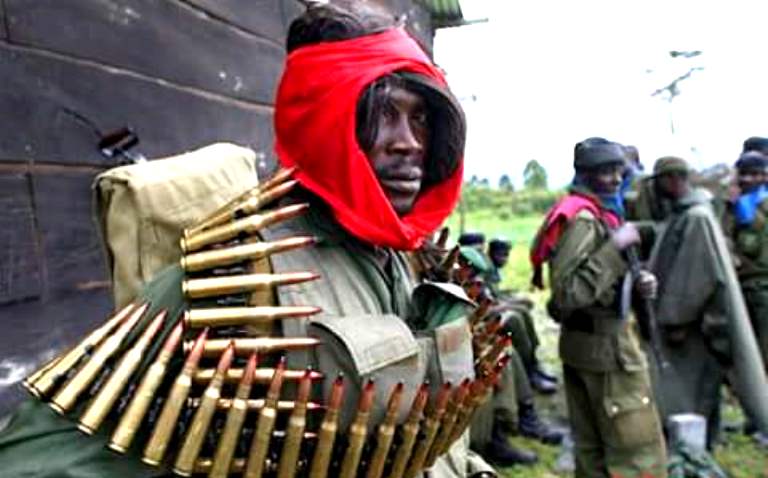
The fighting between the M23 and the FARDC-Wazalendo-FDLR-Nyatura and mercenary coalition has been intense during the past weeks: the M23 had to give up its positions near Kitchanga and Kilolirwe but the latter stopped them in Tongo and in Bwiza where the coalition ran into several neatly set up kill boxes. Many of the coalition forces died. Most of these attacks started with artillery barrages who were launched by the foreign mercenaries followed by several attack waves of the so called Wazelendo, rig rag freedom fighters who were recruited into the ranks of the collation by the FARDC. As usual the FARDC stayed out for most of the fighting. To our big surprise they never used their Sukhoi jets, or their helicopters and they were following nearly copy paste the strategy we already outlined several weeks ago, before the fighting started. With a well-oiled propaganda machine still in full swing in Goma and in Kinshasa most of the Congolese might still be convinced that the FARDC coalition is making progress and that they are winning most of the battles. But the reality on the spot is different and shows clearly how indecisive, un-coordinated and poorly planned their actions are. A couple of days we received info that the coalition was building up efforts to attack the M23 on their last defensive line: the axe between Rutshuru and Kibumba. The FDLR had infiltrated the zone to just outside Rugari but after making a couple of selfie films they disappeared again into the direction of Kishishe.
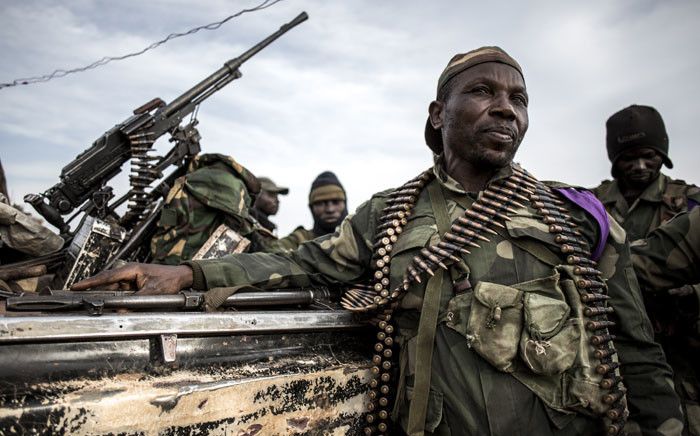
A lot of dust
To follow up what is happening on the spot by the hour or by the day is a nearly impossible task; we tried to do that on twitter with several updates about Masisi. Thousands of people were following these tweeds, but it was sometimes even impossible for us to judge objectively the correctness of most of the rumors or propaganda tricks of Kinshasa. Most of the things we posted were checked on both sides but the dust that was hanging over the battlefield was too dense and making mistakes in such an environment is very easy. That’s why we decided to take a distance, to allow the dust to settle and talk to as many key players and watchers as possible to be able to produce more solid analysis. The poor communication skills of the M23 and their policy to keep silent over several things, not to communicate openly about the number of casualties or their progress in the field made this even more difficult: it took us too much time and effort to distract reliable information in that corner. The information bias was also growing by the day because the international media sent their cats to cover this conflict: Congo has no relevant ant credible media, and the Congolese population depends heavily on radio stations such as RFI and TV stations such as France 24 to get reliable information. Agencies such as Reuters and AFP were just happy to copy most of the information the Congolese ministry of information was giving them. All of this was making the information bias even bigger. This is also one of the reasons why the propaganda mill of info minister Patrick Muyaya was able to score big time in the beginning of this war.

Exactly one month ago we published an analysis on our blog is which we described the unavoidable clash between the M23 and the FARDC coalition with the legendary box match between Mohammed Ali and Georges Foreman. We predicted that Kinshasa had already lost its momentum to win this war and that, by using Ali’s strategy, the M23 would most likely become able to win it.
Mohammed Ali
Here is the link of that article, so judge for yourself: https://kivu-press-agency.ghost.io/the-powder-keg-in-the-kivus-is-getting-bigger-and-bigger-but-kinshasa-is-losing-its-momentum-part-2/
It was our opinion that Kinshasa had already lost its momentum to make this offensive successful because it had given the M23 the chance to prepare itself very well, to dig itself in, to install ‘kill boxes’ (areas in which you can trap an advancing enemy) and respond with counter attacks in a proper and well-organized way. We had predicted that the M23 would pull out of Masisi, withdraw into the Rutshuru area, and harass the enemy there with ambushes and counter attacks. The aim would be to pull the FARDC coalition towards their well-entrenched defense lines on the axe between Kibumba and Rutshuru. That strategy would enable them to stretch out the much stronger FARDC coalition forces, to disorientate their “cannon fodder” forces such as those of the Wazalendo, FDLR, Nyatura and those of Guidon Shimiray. In our theory we had even included the use of the Sukhoi jets, helicopters, a much more offensive mercenary force, etc. By using the rope-a-dope strategy of Mohammed Ali, who was hanging in the ropes for 8 rounds with his arms and wrists before his face, they would try to exhaust their much stronger opponent and counterattack when he ran out of breath. Ali endured the blows of Foreman for 8 long rounds.
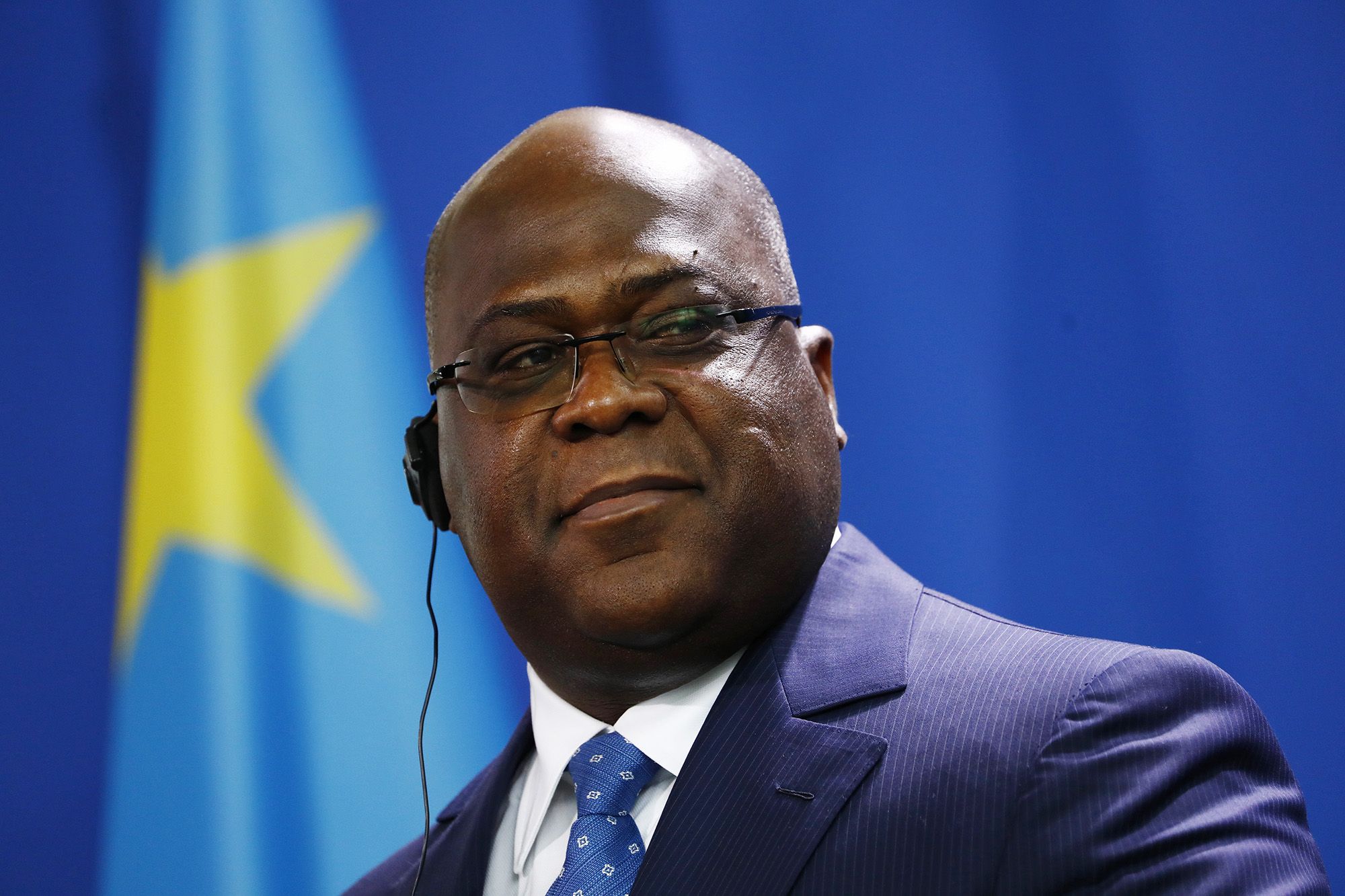
His hammer blows were mostly absorbed by the ropes. Everybody thought that Ali would go down soon and that he was defenseless against that giant. But in the 9th round he woke up, he started dancing around his opponent and he sent him to the canvas a couple of minutes later. To be honest, we had expected a more punchy and stronger FARDC coalition, a month ago. Muyaya’s propaganda circus had convinced the outside world that the coalition would be nearly invincible with all those mercenaries, brand new attack drones, Russian jets, extremely motivated and brain washed proxy forces such as the Wazalendo, Guidon’s boys, Nyatura and FDLR. The disregard for human lives in Muyaya’s views is staggering.
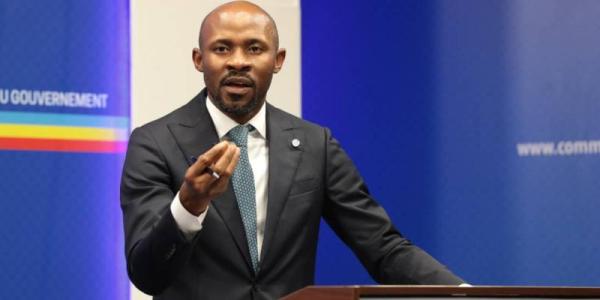
Does this mean that Kinshasa is finished? Probably not! They’ll probably launch new attacks in the coming weeks. Tshisekedi is counting on his Wazalendo and if he’ll manage to bring fresh and ‘green’ recruits to the Kivu’s many of them are going to die for nothing. This region was already scarred by many wars before this one: thousands of people had to flee, others were killed because of their ethnic origins. Tutsis are being killed and targeted at random but what the Congolese public does not understand well yet is the fact that Tshisekedi’s killing machine might soon go AWOL and start preying on the other ethnical groups as well.
Chest thumping
When the coalition forces started their attacks the M23 resisted long enough to save the last remaining Tutsi’s around Kithchanga and Kilolirwe. They withdrew to Bwiza and to Tongo where they lured the coalition into ambushes and ‘envelopes’ or ‘kill boxes’ in which hundreds of Wazalendo and FDLR perished. Guidon’s own bodyguard squad was halved in numbers. The FARDC also lost its first elements. No jets, attack drones or helicopters were used. Kinshasa tried to convince the outside world that its regular army was not involved, or they might have been afraid that the M23 would destroy the airport of Goma. Newspapers in Kinshasa portrayed these attacks as regular victories and many Congolese generals started chest thumping. Dozens of victorious selfie films were posted on social media by the different proxy forces of the coalition. We had also forecasted this in our article. But their advance stalled in Bwiza and in Tongo. We had not expected this. This is also where our rope-a-dope scenario requires its first adaption: Mohammed Ali needed 8 rounds to bring Georges Foreman to reason; the FARDC was already running out of steam at the end of the second round. Makenga’s group was even able to leave the ropes a couple of times to dance around their enemies and sting them with a couple of well-aimed blows.
Although they also lost men the M23 never wavered and never showed any signs of panic. They know that the FARDC probably has more attacks in store for them, but they were able to hit back hard, installing the first ideas of fear and distrust in their heads. The rope-a-dope strategy of the M23 is still in full swing but after one month of fighting their position has become even stronger than it was before. When the Congolese public will become aware of the fact that the war against the M23 can not be won on this battlefield and that direct negotiations with Makenga & co will be necessary Tshisekedi will loose so much face that he might decide to return to Brussels.
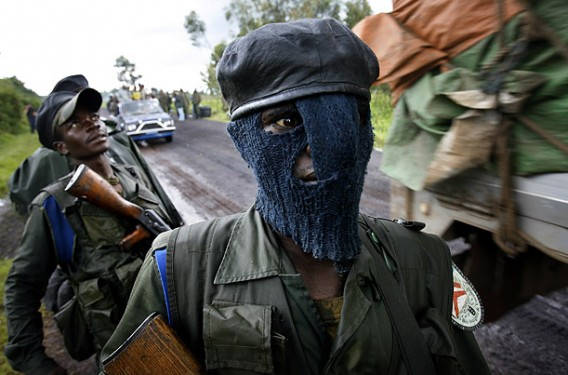
Misery
Some of our readers tell us that we always focus too much on the military and the strategic aspects of this conflict. But those are causing all the misery, and they are therefore very important.
In the meanwhile, other cracks also became visible in Kinshasa’s boiling kettle: the international community was able to witness with its own eyes that Kinshasa took a serious run with the previous peace initiatives of Luanda, Nairobi and Bujumbura. Other realities exposed themselves as well: the Burundian EACRF forces joined up with the FDLR and the FARDC to dislodge the M23 from Masisi and the Kenyan and the Ugandan EAC forces already released statements that they would not let the coalition forces pass trough areas that are under their control.
The current stand-off is only playing into the advantage of the M23. The mobile mercenary artillery units cannot reach places like Tongo and Chanzu and to attack the rebels’ jets and helicopters would be required. Another fiasco on the battlefield might turn the different groups within the coalition against each other. There are already a couple of visible signs that some of the coalition groups are raising questions: a couple of days ago some of them clashed in Sake after a discussion about looted goods.
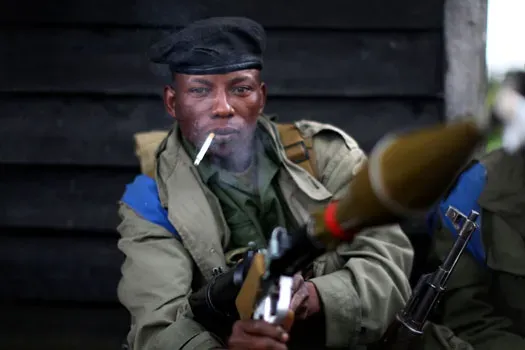
FARDC generals are now boosting that they will bring 15 brigades to the region, but this can also be interpreted as another example of chest thumping. 15 brigades represent 40.000 troops. If Goma airport is cut off, they would have to walk to Goma from Bukavu. With the airport of Kavumu out of order they would have the walk the epic distance between Kisangani and Goma. Disembarking them in Butembo would most probably also provoke a logistical nightmare. Furthermore, these poorly trained troops would also be used as cannon fodder, just like the Wazalendo. And it would be very easy to disorientate and to demotivate them. Yesterday President Tshisekedi admitted that several mistakes were made during the recent attacks but at the same time he replunged into the old narrative that his country is being attacked by foreign forces who have their own agendas. But this is not the case; many observers, diplomats and journalists are starting to see clearly that the wars and the chaos in the east of the country might just be a pretext for his clique to hang on to power. Some of them are telling me that Tshisekedi’s approach is suicidal. A lot of people are starting to see that now. But why are they not expressing themselves openly about this?
Israel
What is currently happening in Israel is terrible: innocent civilians are dying there as well, and every war needs our attention. The better its causes are understood by the audience the easier it will become to start up negotiations that can solve the issue. But this does not justify the silence of the international community and the foreign media about what is happening in Congo now: innocent people are dying here as well. This was also the case in 1994 in Rwanda when the genocide against the Tutsis started: the outside world was focused on the events in Yugoslavia. Instead of trying to stop this violence the UN decided to pull out of Rwanda. The ineffectiveness of organizations such as MONUSCO reminds us clearly of this attitude.
To be followed………
Adeline Umutoni & Marc Hoogsteyns, Kivu Press Agency.
